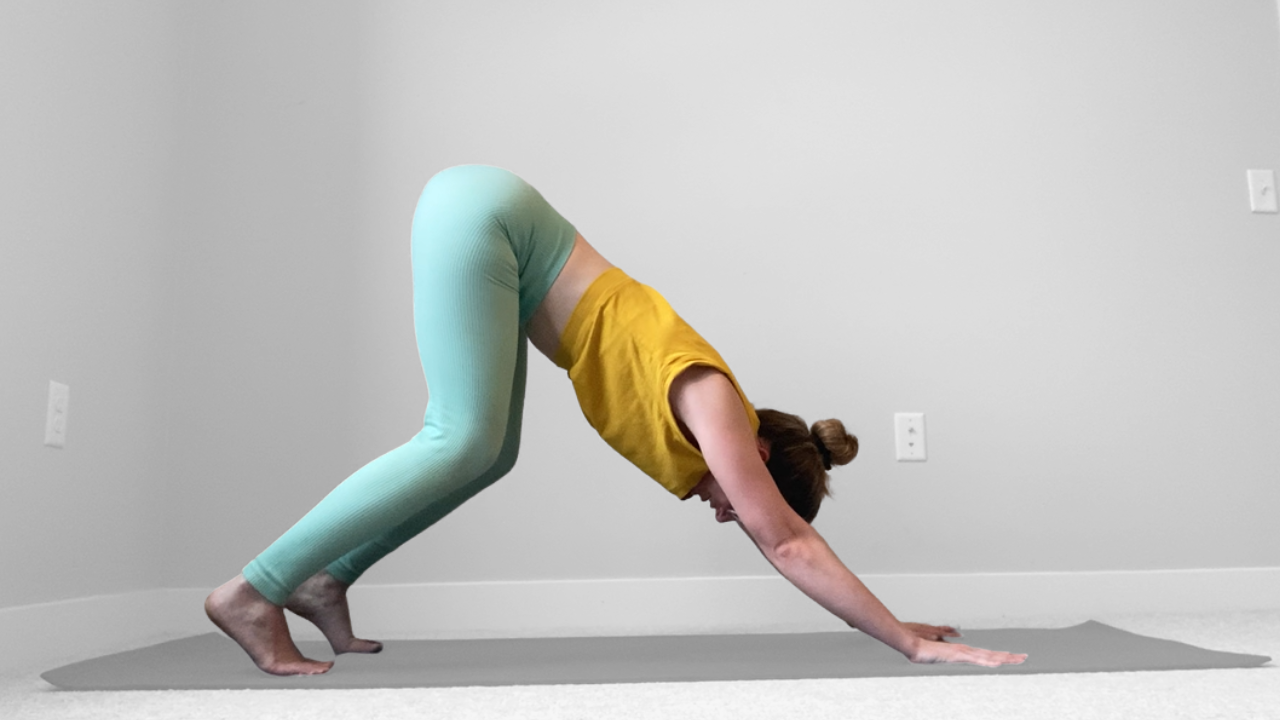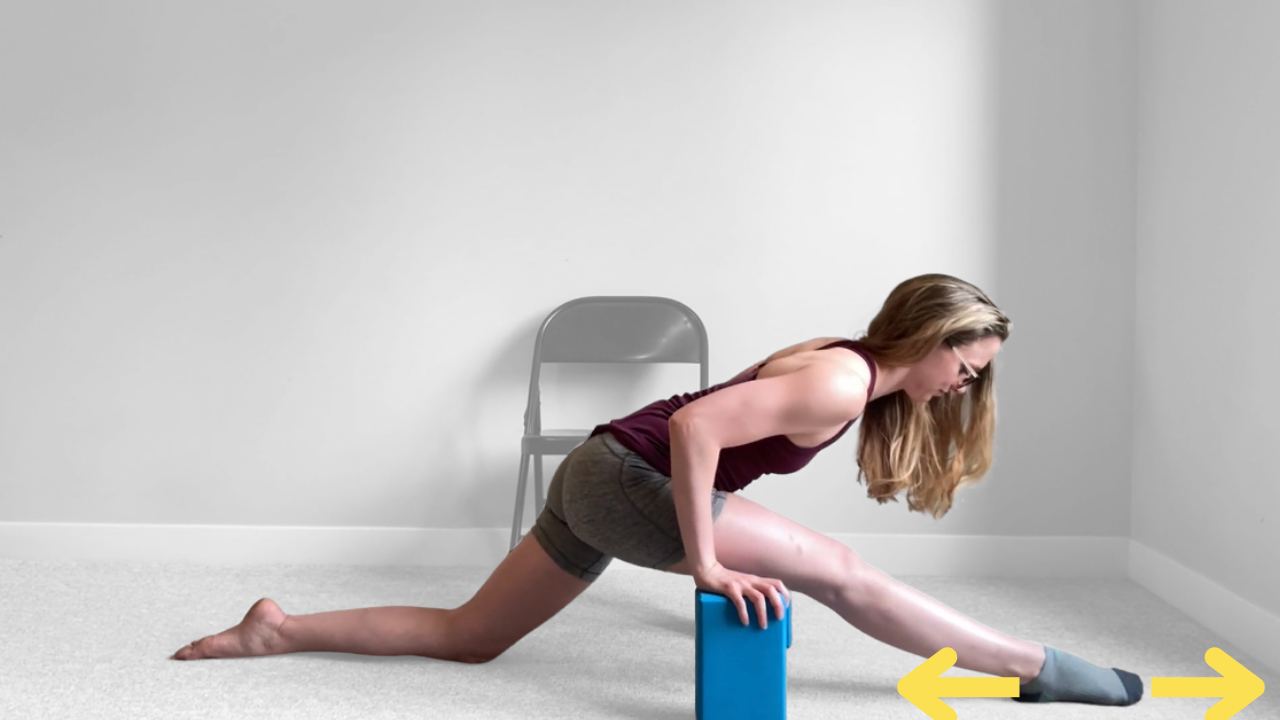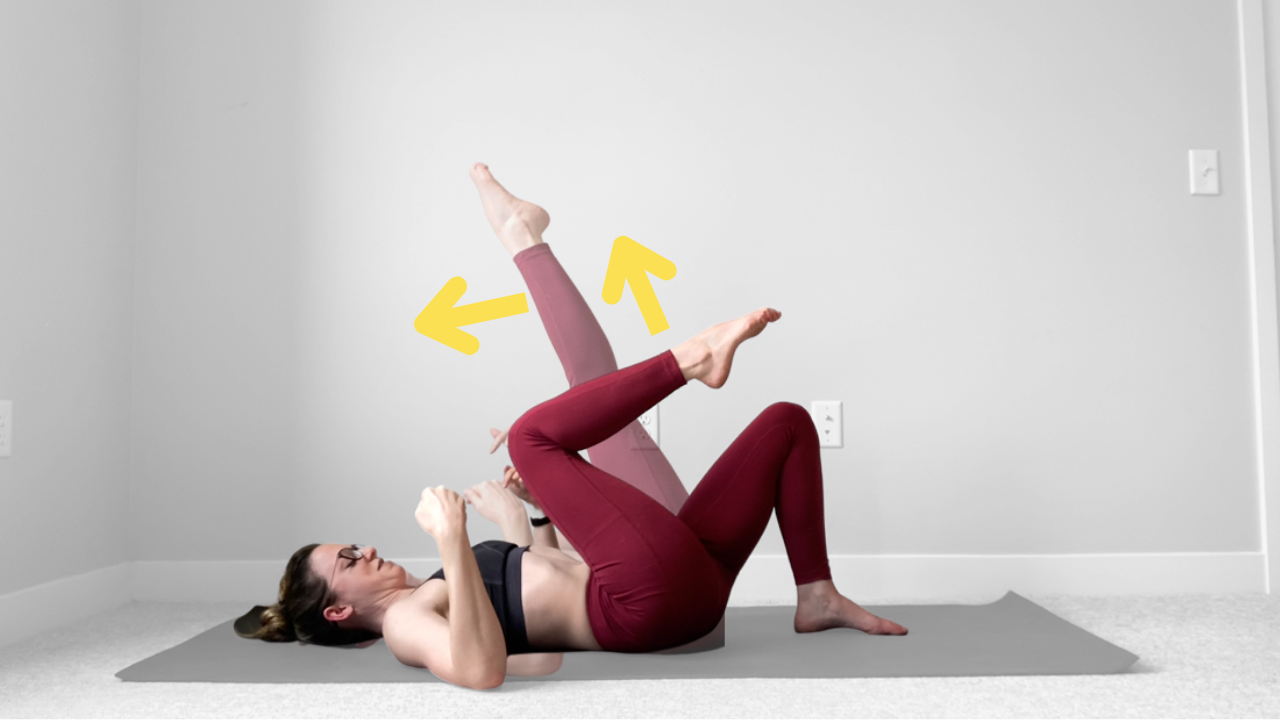Hamstring Stretches
Flexopedia > Hips > Hamstrings
Flexopedia: Hamstrings
Jump To: Overview | Considerations for Stretching | Passive Stretches | Active Stretches (Hamstring Focus) | Active Stretches (Hip Flexor Focus)
Flexible hamstrings allow us to do movements like hinge at the hips to touch our toes, or lower the front leg in a front split. With the rise in an increasingly sedentary lifestyle, it’s pretty darn common to have tight (and/or weak) hamstrings - so if you’re looking to work on your hamstring flexibility, you’re in good company!
Muscle(s) Overview: The “hamstrings” are actually a group of three muscles that run down the back of your thigh: the semitendinosus, semimembranosus and biceps femoris, all of which run down the backside backside of your thigh. All three hamstring muscles originate at your “sits bones,” (the ischial tuberosities), the boney protrusions at the bottom of your pelvis, and attach to your lower leg. The semimembranosus and semitendinosus both run down the inner backside of your thigh and insert on the back/inner side of the top of the tibia (inner shin bone), while the biceps femoris runs more across the back of your thigh to then insert on the outside of the fibula (outer shin bone)
Joints Crossed: Hips, Knee
Primary Movement Focus: Our hamstrings are primarily responsible for knee flexion (bending the knee), hip extension (pulling your leg behind you, or lifting your torso when hips are hinged)
Deepest Stretch In: Our hamstrings are pulled into their deepest stretch when we move in knee extension (straightening the knee), hip flexion (hinging at the hips, bringing the legs closer to the torso)
Common Antagonist Muscle Pairs*: Hip Flexors, Quads
* An “antagonist” muscle is one that opposes the action of another. Our hamstrings are an antagonist to our hip flexors (which help flex the hip) and quadriceps (which help straighten the knee). When we contract those muscles, our body is smart enough to relax our hamstrings to allow the movement to happen.
Consideration #1: The Importance of a Flat Back: When stretching our hamstrings, it’s generally a best practice to try and keep the back as flat as possible (avoiding rounding the back). This is because to stretch our hamstrings we need our pelvis to tilt forwards, pulling our “sits bones” (the boney part it the bottom of our pelvis where our hamstrings attach) away from the back of our knee to literally lengthen our hamstring muscles. If we don’t tilt the hips, but rather lean from rounding our back, our hamstrings stay the same length, and we end up stretch our back muscles instead. This video from Muscle and Motion (which is a fabulous resource!) does a great job at illustrating the difference between a flat back and a rounded back when trying to stretch the hamstrings.
Does this mean we can’t stretch our hamstrings when our back is rounded? Of course not, we can still tilt our pelvis and round our back - but for most students (especially beginners), focusing on keeping the back flat will give you a better (and safer) stretch.
Consideration #2: It’s OK to Bend Your Knees! While straightening your knees does give you a deeper hamstring stretch, for many students that makes the stretch too intense/challenging, or can lead to some knee discomfort (especially in hypermobile students). Because our hamstrings cross our hips and our knees, we can still get a great hamstring stretch with our knees bent as long as we’re tilting our hips to pull the hamstrings long. So go ahead and bend those knees as much as you need to to keep your back flat when stretching your hammies.
Consideration #3: Beware of Nerve Tension: Our muscles aren’t the only soft tissue affected when we try to stretch - our nerves are manipulated too! If we have nerve tension that prevents our nerves from properly sliding back and forth like they’re supposed to, this can make stretching challenging because the nerves can be tugged too taught, and respond by limiting our range of motion. Sometimes this simply feels like an intense stretching sensation (which is why it’s tricky to differentiate from a “good” muscle stretch), or tingling in the feet. Here’s how to test if you have nerve tension in our sciatic nerve, the main nerve running down the back of our legs that can sometimes limit our range of motion in forward folds and other hamstring-focused stretches. If you have sciatic nerve tension, incorporating some gentle sciatic nerve glides as part of your warm up can help your nerve get back to the slide-y and glide-y motion we need for stretching. (Important disclaimer - this is different from sciatica, if you have sciatica talk to your healthcare provider about modifying your training accordingly).
Consideration #4: Strengthen Both Sides of the Joint: This is a best practice for active flexibility in general - not just for the hamstrings! When we want t improve our flexibility in one muscle, we need to make sure we’re not only strengthening that muscle while it’s in a lengthened position (ex. contracting our hamstrings while we’re in a deep forward fold), we also want to strengthen the “helper” muscles on the other side of the joint that are in a shortened position (ex. contracting our hip flexors to lift our legs off the floor in a seated straddle). Strengthening muscles on both sides of the joint let’s our nervous system know we are strong in these challenging positions, and it can safely let us stretch deeper over time as our strength increases!
These stretches all focus on engaging/strengthening our hamstring muscles while they’re in a lengthened position.
These drills all focus on strengthening our hip flexors and quads to support a deeper hamstring stretch.
















































